However, the reliability and performance of a PCB depend on the quality of its manufacturing process, and one crucial aspect of this process is the soldering of electronic components onto the PCB.
Soldering is the process of joining two metal surfaces by heating them to a temperature that causes the solder to melt and flow, forming a permanent bond. A PCB solderability test is a process used to evaluate the quality of the soldered connections on a PCB.
The solderability test ensures that the PCB’s electronic components are reliably attached, without the risk of damage or disconnection during use. The test also checks that the solder joint’s shape, size, and composition are correct and meet the required standards. The solderability test involves exposing a small portion of the PCB to a specific temperature and time duration, followed by a visual inspection of the solder joint’s surface. The test also checks for any adverse effects on the PCB and the electronic components, such as corrosion or delamination.
The PCB solderability test is a critical quality control measure in the PCB manufacturing process, ensuring that the PCB is reliable and performs optimally. It also helps to reduce the risk of product failure and costly recalls, which can damage a company’s reputation and financial stability. Additionally, the solderability test helps manufacturers to identify any issues with their manufacturing process and make the necessary improvements to prevent future problems.
What Is a PCB Solderability Test?
This type of testing is critical in ensuring that the assemblies are reliable and do not suffer from issues such as short-circuiting or weak connections due to poor solder joints. While this test is traditionally conducted manually, automated solutions have been developed to increase testing speed and accuracy [1].

The most common method for performing a solderability test is through what’s known as wetting balance analysis. This method uses special equipment (such as wetting balance testers) to measure the wetting force between the contact and solder. This data is then compared to a predetermined standard, known as a “wetting balance index” (which is based on time and temperature), in order to assess whether or not the joint meets the criteria for acceptability.
Other methods used include visual inspection, wetting resistance tests, thermal shock tests, dynamic testing, and more.
Depending on the application requirements, different methods may be employed. Ultimately, it’s important to use appropriate testing techniques in order to ensure that PCB assemblies are of high quality before moving forward with manufacturing.
Types of PCB Solderability Tests
Dip and Look
The dip and look test, also known as the solder float test, is a quick and straightforward method of determining the solderability of a PCB. In this test, the PCB is dipped into molten solder for a specified amount of time and then removed. The solder joint is then visually inspected to determine the quality of the solder wetting and coverage. This test can detect issues such as poor wetting, non-wetting, or oxidation on the PCB’s surface.
Surface Mount Simulation Test
The surface mount simulation test is a more advanced method of evaluating the solderability of a PCB. This test involves creating simulated surface-mount components on the PCB and then soldering them using automated equipment. The components are then subjected to thermal stress and humidity to determine the reliability of the solder joints. This test can detect issues such as component float, insufficient solder coverage, or solder voids, which can affect the performance and lifespan of the PCB.
Wetting Balance Analysis
Wetting balance analysis is another commonly used method for evaluating the solderability of a PCB. This test involves measuring the force required to remove a droplet of molten solder from the surface of the PCB. The wetting balance analysis can detect issues such as poor wetting or contamination on the PCB’s surface. This test is particularly useful for assessing the solderability of complex PCBs or those with fine-pitch components.
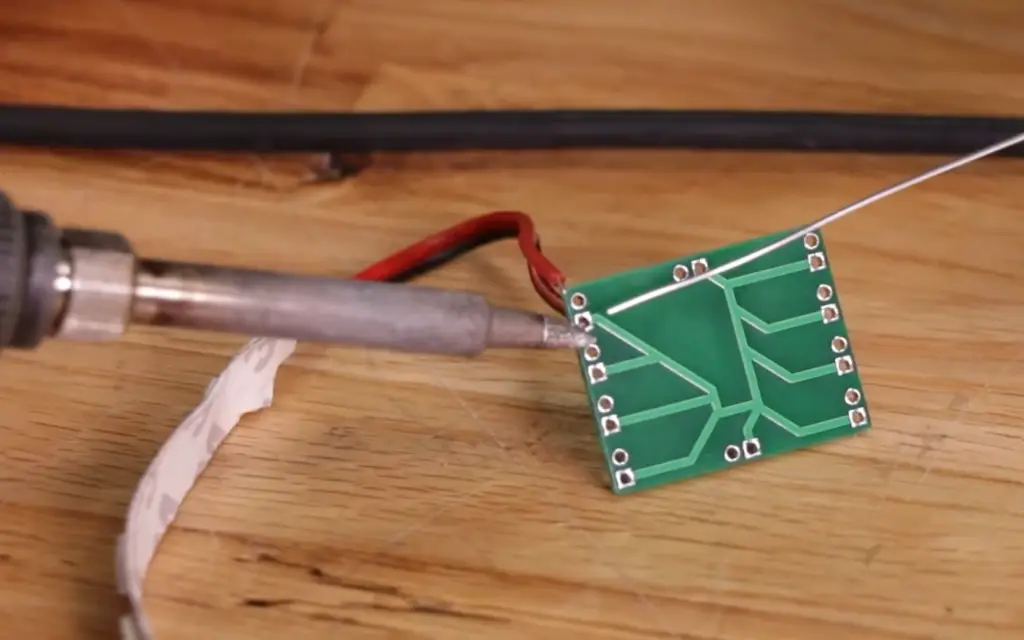
Equipment and Tools Needed for the Solderability Tests
1) Solder Flux
Flux is typically applied using a brush or pen and is available in both liquid and paste form [2].
2) Solder Paste
Solder paste is a mixture of solder particles and flux. It is used in surface-mount technology (SMT) applications where a precise amount of solder is needed to attach components to the PCB. Solder paste is applied to the pads on the PCB using a stencil or dispensing equipment, and the components are then placed on top of the paste. The solder is melted during reflow soldering, creating a strong bond between the components and the PCB.
3) Solder Suckers
Solder suckers, also known as solder extractors or desoldering pumps, are used to remove excess solder from a joint. They work by heating the solder and then creating a vacuum to suck it up. Solder suckers are essential for removing components from a PCB or correcting soldering mistakes.
4) Wire Cutters
Wire cutters, also known as diagonal cutters or side cutters, are used to cut wires and leads on electronic components. They are essential for trimming excess leads after soldering components onto a PCB.
5) Soldering Iron Tip Cleaner
It helps to remove any oxidized or dirty material from the tip, ensuring that it heats evenly and efficiently. Tip cleaners are available in various forms, including sponges, wire brushes, and brass coils.
6) Desoldering Wick
Desoldering wick, also known as a solder wick or desoldering braid, is a braided copper wire that is used to remove excess solder from a joint. The wick is placed on the solder joint and heated with a soldering iron. The solder is then absorbed into the wick, leaving the joint clean and ready for rework or component removal.
7) Circuit Board Holder
A circuit board holder is a device used to hold a PCB in place during soldering or rework. It helps to prevent the board from moving and provides a stable platform for working on the PCB. Circuit board holders are available in various forms, including vise-like clamps and adjustable arms.
8) The Printed Circuit Board
Finally, the most important equipment needed for a solderability test is the printed circuit board itself. The PCB must be clean and free from any contaminants before performing the test. Contaminants can affect the solderability of the board, leading to poor solder joints and unreliable connections.
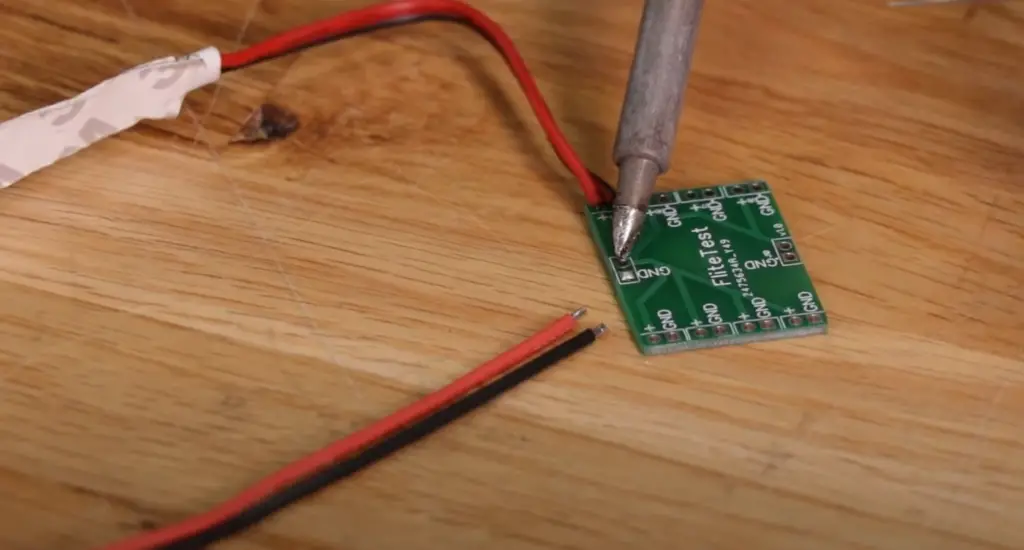
The Importance of PCB Solderability Tests
Evaluation of PCB Coating, Solder, and Flux
PCB solderability tests are essential for evaluating the effectiveness of the coating, solder, and flux used in the manufacturing process. The tests provide valuable insights into the quality of the materials used and help to identify any defects or inconsistencies that may affect the performance of the PCB [3].
Solderability tests can detect issues such as oxidation, contamination, and poor wetting, which can lead to issues such as incomplete solder joints, cold solder joints, and solder bridges. By identifying these issues early in the manufacturing process, they can be addressed, leading to improved quality and reliability of the final product.
Perform Quality Control
Solderability tests are an essential part of the quality control process for PCBs. These tests help to ensure that the PCBs meet the required standards and specifications for the application. Quality control measures such as visual inspection, electrical testing, and mechanical testing can help to identify any issues that may affect the performance of the PCB. Solderability tests can also help to identify any issues with the manufacturing process, including inadequate cleaning, incorrect solder paste application, or incorrect reflow settings.
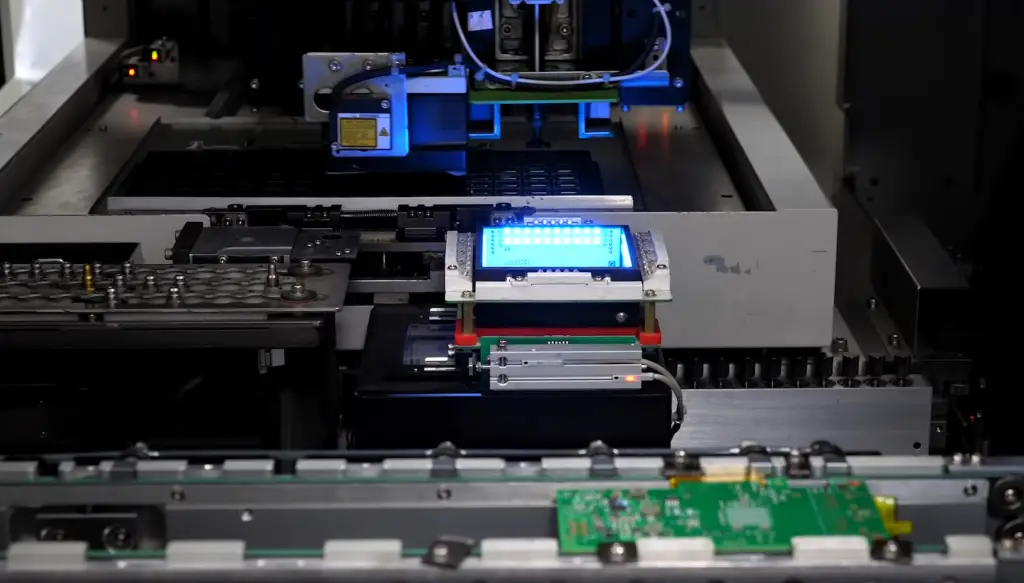
Reduce Assembly Problems, Including Misapplication of Solder Mask
PCB solderability testing can help to reduce assembly problems, including misapplication of the solder mask. The solder mask is a critical component of the PCB manufacturing process, as it helps to protect the exposed metal traces and prevent unwanted solder bridges. However, misapplication of the solder mask can lead to issues such as poor adhesion, incomplete coverage, or contamination. These issues can affect the quality and reliability of the PCB, leading to performance issues and potential failure. Solderability tests can help to identify any issues with the solder mask, ensuring that it is applied correctly and effectively.
Improve the Possibility of Reliable Solder Joints
Reliable solder joints are critical for the proper functioning of a PCB. Solderability tests can help to ensure that the solder joints are of high quality, with good wetting and adhesion to the surface of the PCB. These tests can identify any issues with the soldering process, such as incorrect temperature settings, insufficient flux application, or inadequate cleaning, which can affect the quality of the solder joint. By identifying and addressing these issues early in the manufacturing process, the possibility of reliable solder joints is improved, leading to improved quality and reliability of the final product.
Verify Secure Storage
PCB solderability tests can also help to verify the secure storage of the PCBs. Proper storage of PCBs is essential to ensure their quality and reliability. Exposure to moisture, temperature extremes, or contamination can affect the performance of the PCB, leading to issues such as corrosion, delamination, or other defects. Solderability tests can help to identify any issues with the storage of the PCB, ensuring that they are stored in a secure and suitable environment.
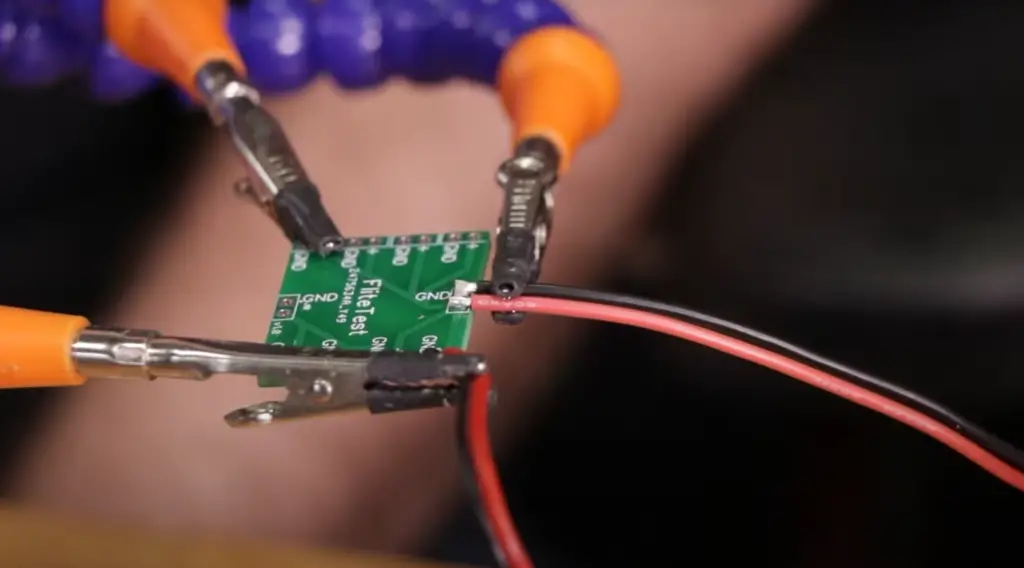
Advantages of PCB Solderability Tests
Check All Openings In The Designated Area
PCB solderability tests allow the manufacturer to check all openings in the designated area of the PCB. This ensures that all of the necessary holes and pads are present, in the correct location, and of the correct size. The presence of these features is essential for reliable and effective soldering.
In addition, the PCB’s coating must be uniform and smooth to ensure good adhesion of the solder. Any inconsistency or contamination can lead to a weak bond between the PCB and the solder, resulting in a loss of electrical connection.
A Comprehensive Inspection Of Solder Residue
Another significant advantage of PCB solderability tests is the comprehensive inspection of the solder residue. After the soldering process, the residue left behind must be inspected to ensure it is of high quality. Poor solder residue can cause a range of problems, including weak connections and electrical shorts. Therefore, a comprehensive inspection is essential to prevent these issues.
Measure Surface Tension
PCB solderability tests also help measure the surface tension of the solder. Surface tension is critical in the soldering process because it allows the solder to flow evenly over the PCB’s surface, creating a solid bond. If the surface tension is too high or too low, it can cause issues such as solder balls or uneven flow. The solderability test helps ensure that the surface tension is correct, resulting in strong and reliable connections [4].
Reduce The Risk Of Damaging Thermal Components
Thermal components, such as resistors and capacitors, are sensitive to heat. Overheating can cause damage and result in their failure. The PCB solderability test helps reduce the risk of damaging thermal components by ensuring that the soldering process is done correctly, and the temperature is within safe limits.
Solderability Can Save Costs
PCB solderability tests can save costs in several ways:
- First, by detecting issues early in the manufacturing process, they prevent problems that can result in expensive rework or scrap;
- Second, by ensuring that the soldering process is done correctly, they reduce the risk of defects that can lead to costly repairs or replacements;
In addition, the quality of the soldered connections affects the PCB’s overall reliability and lifespan. A high-quality PCB that has been soldered correctly is less likely to fail, which can save costs in repairs, replacements, and lost productivity.
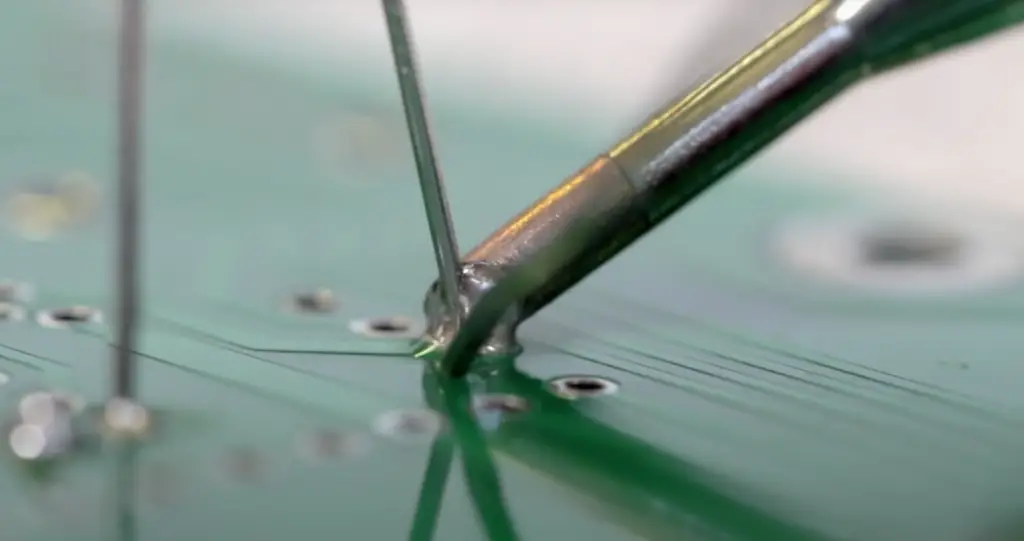
Is The Solderability Tests Required For All PCB Projects
Fridge Door Alarm
The Fridge Door Alarm is a simple circuit that alerts you when the refrigerator door is open for an extended period. It is a low-complexity project and requires only a few components. Given its simplicity, a PCB solderability test may not be necessary, as it is unlikely to encounter soldering issues.
However, the decision to perform a solderability test will depend on the complexity of the PCB and the importance of its function. If the project requires reliable and robust connections, it may be prudent to perform a solderability test to ensure that all openings are present, the coating is uniform, and the surface tension of the solder is correct.
DIY Clap Switch Circuit
The DIY Clap Switch Circuit is another simple circuit that allows you to turn on and off the light by clapping. Like the Fridge Door Alarm, it is a low-complexity project, and a PCB solderability test may not be necessary.
However, if the PCB has many components or if the circuit requires high reliability, a solderability test may be necessary to ensure proper soldering and to prevent failures.
Music Reactive LED Circuit
The Music Reactive LED Circuit is a more complex project that reacts to the surrounding sound by lighting up the LEDs. This project requires more components and is more complex than the previous two projects.
Given its complexity, a PCB solderability test may be necessary to ensure that all openings are present, the coating is uniform, and the surface tension of the solder is correct. Proper soldering is essential to ensure that the circuit functions correctly and reliably.
Electronic Piano Printed Circuit Board
The Electronic Piano Printed Circuit Board is a complex project that requires many components and a high level of precision. The PCB is responsible for the correct functioning of the piano, and any failures can result in poor performance or complete failure.
Therefore, a PCB solderability test is essential to ensure that all openings are present, the coating is uniform, and the surface tension of the solder is correct. Proper soldering is crucial to ensure that the connections are reliable and robust, ensuring proper performance and longevity.

Call Detector Printed Circuit Board
The Call Detector Printed Circuit Board is a relatively simple project that alerts you when the phone is ringing. It requires only a few components, and the PCB is relatively simple.
However, a PCB solderability test may be necessary to ensure proper soldering and to prevent failures. Any faults in the connections can result in poor performance or complete failure of the circuit.
Crystal Testers
Crystal testers are essential tools for any electronic hobbyist. They are used to test the functionality of crystals and are relatively simple circuits.
Given their simplicity, a PCB solderability test may not be necessary. However, proper soldering is critical to ensure that the circuit functions correctly and reliably.
Battery Voltage Monitor
It requires only a few components, and the PCB is relatively simple.
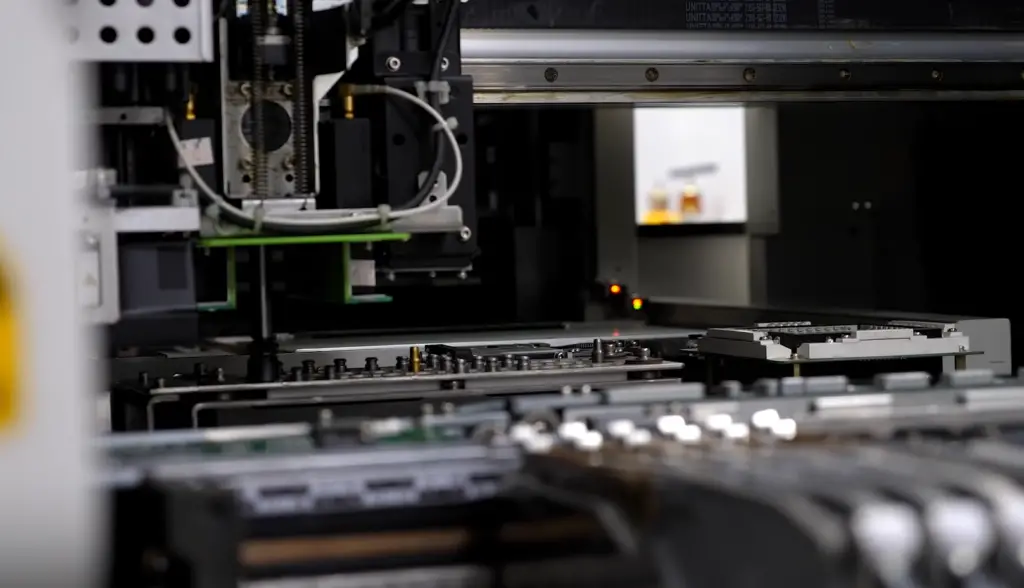
Given its simplicity, a PCB solderability test may not be necessary. However, proper soldering is crucial to ensure that the connections are reliable and robust, ensuring proper performance and longevity.
Is PCB Testing Expensive?
The cost of PCB testing can vary depending on the type of test being performed, the complexity of the PCB, and the equipment and resources required for testing. Generally, the cost of testing is a small fraction of the overall cost of designing, manufacturing, and assembling a PCB.
PCB testing can help to prevent costly failures and defects that can occur during the production or use of a PCB. Testing can identify issues such as poor solderability, open circuits, and short circuits, ensuring that the PCB functions as intended and meets the required quality standards.
The cost of testing can be reduced by implementing good design practices, using quality materials and components, and performing regular maintenance and calibration of testing equipment. Testing can also be streamlined through the use of automated testing equipment and software, reducing the need for manual labor and increasing the speed and accuracy of testing.
While PCB testing can add to the overall cost of PCB production, it is a necessary step in ensuring the quality and reliability of electronic components and their connections on a PCB. The cost of not testing a PCB can be much greater, leading to product failures, recalls, and reputational damage.
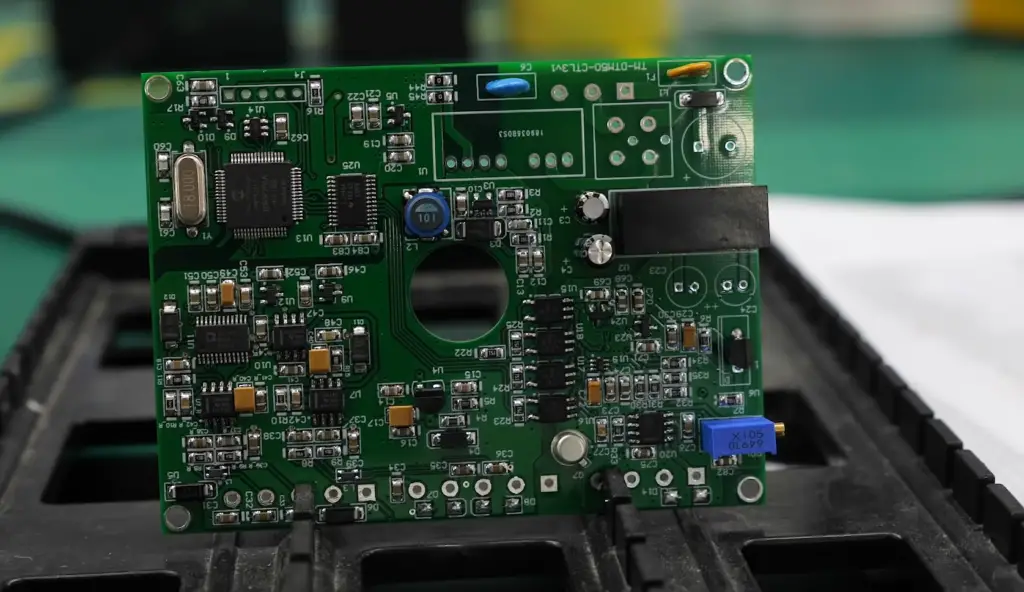
FAQ
1. How is the solderability test done?
The solderability test involves exposing a small portion of the PCB to a specific temperature and time duration, followed by visual inspection of the solder joint’s surface. The most common method for testing solderability is the dip and look method, in which the PCB is dipped into a molten solder pot at a specific temperature and held for a specified duration. The PCB is then removed from the solder pot and visually inspected for proper solder flow and coverage.
Other methods for testing solderability include the steam aging test, which subjects the PCB to high humidity and temperature, and the copper mirror test, which checks for the presence of contaminants on the PCB’s surface [5].
2. What is meant by PCB soldering?
PCB soldering is the process of joining electronic components to the PCB using a molten metal alloy, known as solder. The solder is melted and then allowed to solidify, forming a permanent bond between the component and the PCB. This process ensures that the electronic components are securely attached to the PCB and allows for the transfer of electrical signals between the components.
3. Why is solderability important?
Solderability is crucial to the quality and reliability of PCBs. A good solder joint ensures that the electronic component is reliably attached, without the risk of damage or disconnection during use. Poor solderability can lead to weak or incomplete joints, which can cause intermittent or permanent connection failures, resulting in product failure and costly recalls. Additionally, proper solderability helps to reduce the risk of corrosion and other adverse effects on the PCB and electronic components, resulting in improved performance and longevity.
4. When should solderability be tested?
Solderability should be tested at various stages in the PCB manufacturing process, including before the components are attached and after the final assembly. It is also important to test the solderability of PCBs that have been in storage for an extended period or exposed to harsh environmental conditions that may affect their solderability.
5. Why do you need to solder PCB?
PCB soldering is necessary to securely attach electronic components to the PCB and allow for the transfer of electrical signals between them. Soldering ensures a reliable and efficient interconnection between components, resulting in smaller, more powerful, and more complex devices [6].
6. What causes solderability failures?
Several factors can cause solderability failures, including oxidation of the PCB surface, contamination of the PCB surface, incorrect soldering temperature or duration, and the use of low-quality solder or flux. Other factors that can affect solderability include the type of PCB material used, the component lead finish, and the environmental conditions to which the PCB is exposed.
7. What is the difference between weldability and solderability?
Welding typically requires higher temperatures and results in a stronger joint, while soldering allows for a more flexible joint that can be easily reworked.
8. What angle is good solderability?
A good solderability angle is typically 30 to 45 degrees, as this allows for proper wetting and adhesion of the molten solder to the PCB surface.
9. What is the minimum solder fillet?
The minimum solder fillet refers to the minimum amount of solder required to form a reliable joint between the electronic component and the PCB. The IPC-A-610 standard specifies a minimum solder fillet height of 75% of the lead height for through-hole components and 50% of the lead height for surface-mount components.
10. What is the maximum soldering temperature for PCB?
The maximum soldering temperature for PCB depends on the type of PCB material used and the electronic components’ thermal limitations. Generally, the maximum soldering temperature for PCB assembly is around 260°C (500°F) for lead-free solder and 230°C (446°F) for lead-based solder. However, it is essential to follow the manufacturer’s recommended temperature and duration specifications to prevent damage to the electronic components and the PCB [7].
11. Can you solder directly to PCB?
While it is possible to solder directly to a PCB, it is not recommended. Direct soldering can cause damage to the PCB and the electronic components, leading to connection failures and other issues. It is recommended to use soldering techniques such as through-hole and surface-mount technologies, which provide reliable and safe connections between the components and the PCB.
12. How does soldering PCB work?
Soldering PCB involves heating the solder to its melting point, which typically ranges from 183°C (361°F) to 260°C (500°F), depending on the type of solder used. The molten solder is then applied to the PCB’s surface, either manually or using automated equipment, to form a bond between the component and the PCB. The solder solidifies upon cooling, forming a permanent joint between the component and the PCB.
13. How are soldered joints tested for leaks?
Soldered joints are commonly tested for leaks using techniques such as visual inspection, X-ray inspection, and electrical testing. Visual inspection involves examining the solder joint’s surface for proper coverage, fillet shape, and voids, while X-ray inspection provides a more detailed analysis of the joint’s internal structure.
Electrical testing involves measuring the electrical resistance between the component and the PCB to ensure a proper connection. These tests help to ensure the reliability and performance of the PCB and electronic components.
Useful Video: Skills Soldering PCB testing
References
- https://blog.matric.com/pcb-solderability-test
- https://www.ourpcb.com/solderability-test.html
- https://www.wellpcb.com/solderability-test.html
- https://www.explus.com.tw/faq/What-is-Solderability-test-and-its-purpose.html
- https://www.pcbbuy.com/news/5-Tips-to-Learn-PCB-Solderability-Test-Standard.html
- https://pcbboardassembly.com/glossary/solderability-testing/
- https://www.wevolver.com/article/test-pcb-everything-you-need-to-know














Leave a Reply